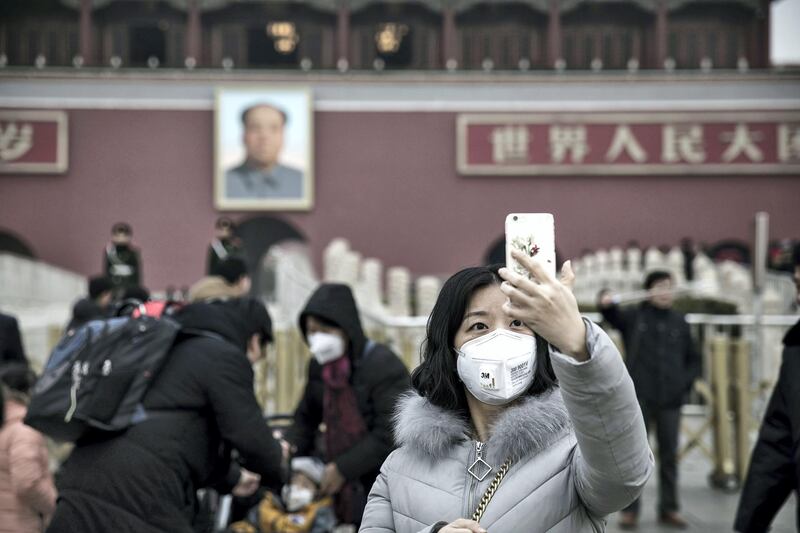The toll that traffic pollution has on the health of young people has been laid bare by research that estimates that four million children each year develop asthma because of nitrogen dioxide in the air.
Researchers called for tougher air quality limits after finding that most cases of childhood asthma develop in places that meet World Health Organisation nitrogen dioxide (NO2) guidelines.
In the first global study of its kind, scientists estimated the number of childhood asthma cases due to NO2 – a key pollutant generated by vehicles, especially diesels – in 194 countries and 125 cities.
The US and Canadian-based scientists considered factors including NO2 levels, asthma rates and the total numbers of children living in given areas to generate their estimates.
Shanghai, China, ranked as the worst city for the proportion of childhood asthma cases caused by NO2, at 48 per cent of the total. In several other Chinese cities, including Beijing, the figure was above 40 per cent, as were estimates for Seoul in South Korea and Moscow, Russia.
Latin American cities fared particularly badly when the estimated number of childhood asthma cases caused by NO2 were compared to population size. The highest figure of any of the 125 cities was 690 cases per 100,000 children for Lima, Peru, while Shanghai ranked second with 650, and Bogota, Colombia, third with 580.
However, the research showed that many cities in the developed world too suffer, with Toronto, Canada, having an estimate of 550, while Los Angeles and New York City both had estimates above 500, and Chicago and San Francisco were not far behind.
China had the highest total number of childhood asthma cases caused by NO2, an estimated 760,000 annually, while in India the figure was 350,000 and in the United States, 240,000.
Figures were high in the Middle East, including the Gulf region, when looked at on a per-country basis and adjusted for population size.
Kuwait had an estimated 550 cases of childhood asthma per year per 100,000 children, the highest of any nation, while the UAE ranked second with 460 and Canada third with 450. Fourth place went to Taiwan, with 420, while Bahrain, Jordan, Lebanon and Qatar came next, all with 410 cases per year per 100,000 children.
Professor Frank Kelly, a professor of environmental health at King’s College London who has reviewed research related to pollution in the Middle East, said that the region faced problems because of the interaction between human-made pollutants and naturally occurring dust.
“There are very high numbers in some countries, like those in the Middle East. This is the first time it’s been done systematically; they’re not that surprising, the numbers,” said Prof Kelly, who was not involved in the latest study, but who has published extensively on the link between air pollution and illness.
“The pollution, it’s higher in some, for example, Indian cities than in some of the Middle Eastern cities, but the Middle Eastern cities also have this natural dust issue. Together it seems to be leading to even greater numbers of asthma cases.”
In 2015, when World Bank statistics indicated that the Emirates had the most polluted air in the world, the UAE authorities said that the result was misleading because it considered dust storms and human-generated pollution together.
Previous studies have suggested that about 120,000 people die each year in the Mena region because of conditions linked to air pollution, or about one in 14 deaths.
Concerns over air pollution have taken on a higher profile in the UAE in recent years, and the officials have promoted ways to improve air quality.
As reported last year, the Environment Agency Abu Dhabi provides data from 20 fixed monitoring stations and two mobile ones to a free pollution tracker, the Plume Air Report app, that helps residents monitor current air quality and gives 24-hour forecasts.
The latest research, funded by George Washington University, found that 92 percent of childhood asthma cases developed in areas that met the World Health Organisation guidelines for the maximumNO2 concentration of 21 parts per billion. As a result, the study’s authors called for stricter controls. Prof Kelly said that “absolutely” cleaner air was a priority.
“This is really the basis of the whole discussion around what we do with diesel vehicles, as diesel is one of the main sources of NO2,” he said.







